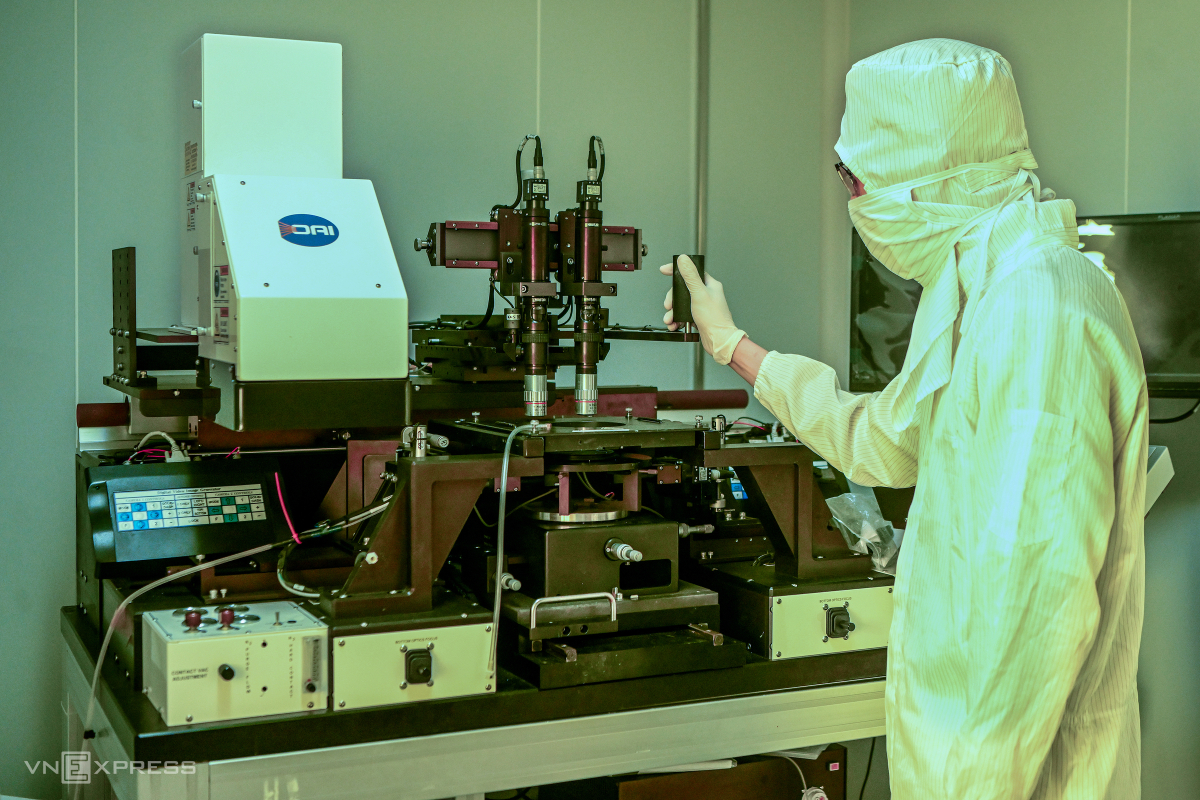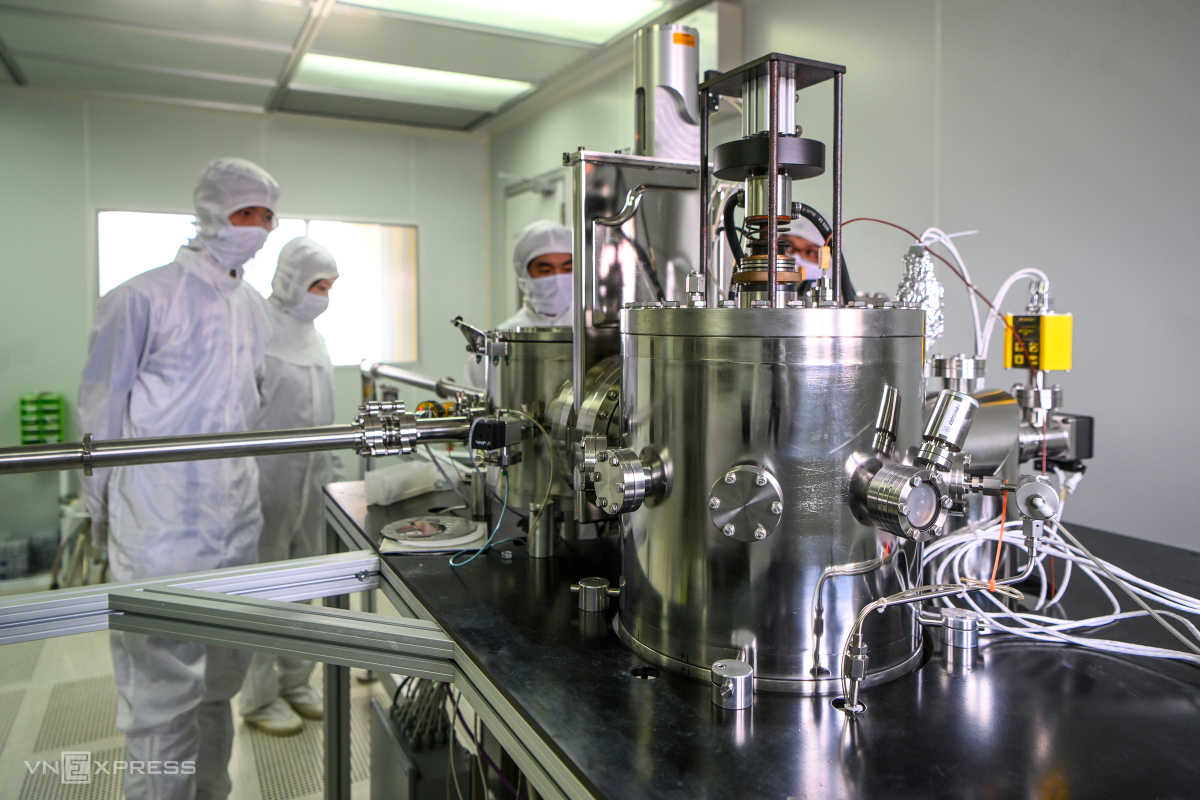Located in the nano and energy center at the university’s faculty of physics, the cleanroom spans more than 150 square meters. It is specially designed to train high-quality human resources and lead pioneering research in cutting-edge technologies such as semiconductor circuits, advanced materials, solid-state physics, and biosensor technology.
In this photo, a hands-on training session is being held in the area dedicated to manufacturing and analysis.
In addition to graduate students and lecturers conducting research and experiments, undergraduates are also allowed to visit and learn about the equipment and production processes to better understand the field and plan their academic paths.

The place is also equipped with a variety of high-tech systems for thin film fabrication and materials/component analysis, including sputtering systems, thermal evaporation, plasma-enhanced chemical vapor deposition (PECVD), plasma oxygen processing, wet benches, electrical characterization stations, ellipsometers for film thickness measurement, four-point probe systems, sample cutters, and numerous auxiliary devices.
The total equipment value is approximately $5 million.
A graduate student works on the photolithography system, a key step in microcomponent fabrication. It is housed in the gold room, which has the highest cleanliness level.
Associate Professor Dr. Nguyen Tran Thuat, who was tasked with designing the cleanroom in early 2012, said the facility plays a vital role in conducting complex manufacturing and testing processes for the development of semiconductor chips, biochips, infrared sensors, and advanced microelectronic structures.
Graduate students and PhD candidates from the University of Science and the University of Engineering and Technology, both under the Vietnam National University, Hanoi, are trained to operate the cleanroom equipment in April 2025.
Nguyen Trung Kien, a third-year PhD student from the faculty of physics, operates the multi-source thermal evaporation system.
At the wet bench, physics PhD student Vu Hoang Viet carefully washes a mask and prepares essential materials for the photolithography process.
Viet expressed his gratitude for having the opportunity to work in the lab since 2018, calling it one of the few modern facilities in Vietnam supporting semiconductor technology research.
"This advanced cleanroom infrastructure is a solid foundation for the University of Science to effectively conduct various scientific research projects funded by reputable sources like NAFOSTED, VinIF and the Vietnam National University."
Dr. Nguyen Minh Hieu from the nano and energy center guides students in operating the oxygen plasma system, which is vital for surface modification of biosensor chips.
An infrared imaging chip developed at the cleanroom under the leadership of Assoc. Prof. Dr. Nguyen Tran Thuat.
Thuat said working conditions for Vietnamese researchers in this lab are on par with what their international counterparts have.
Photo courtesy of the university
A student examines a sample under an optical microscope after successful fabrication.
The cleanroom also serves as an open lab, attracting faculty and students from other institutions such as the University of Engineering and Technology, Vietnam-Japan University and Hanoi University of Science and Technology. It has also become a hub for academic exchange with international partners, including the University of Tokyo (Japan) and Ecole Nationale Supérieure des Mines de Douai (France).















